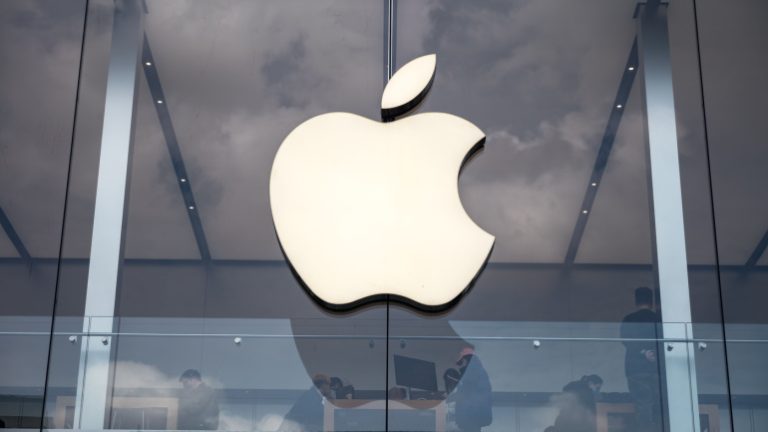
The debate over how much midband spectrum a single operator can own has been reignited, with telecom moguls like AT&T, T-Mobile, and Dish articulating their perspectives on the issue. The Federal Communications Commission (FCC), the United States regulator for all communications, is turning its attention to airway ownership yet again, largely due to recent concerns raised by AT&T about midband spectrum accumulation.
Midband spectrum, a middle ground between the short ranged mmWave and the more extensively available low bands, is considered critical to general 5G utilisation. AT&T has raised queries about the need for a review of companies acquiring unpaired midband spectrum that would increase their holdings to more than one third of the total amount available.
Yet, not everyone is in accord with AT&T’s perspectives. T-Mobile, while supporting the need for a review of existing rules, overtly critiqued AT&T’s request, citing it as a self-serving and irrational starting point. They argue the request was crafted to limit T-Mobile’s participation in upcoming midband spectrum auctions and accuse AT&T of contradicting their own argument through replenishing their spectrum assets in the C-band and the 3.45 GHz auctions.
Different opinions continue to buffet the argument as Dish, another telecom company, suggests implementing a 25% national screen. Supporting a competitive telecom environment with at least four nationwide carriers, Dish advocates for updating the spectrum screen and establishing clear policies against transactions that could impede competition.
While this robust debate around midband spectrum ownership continues, it’s becoming clear there’s a universal agreement on the necessity for changes to current policies. The exact rules, however, remain controversial. Midband spectrum is particularly vital to the comprehensive coverage of 5G, so determining who gets how much of it moving forward is a pressing concern.
Amidst all the contention, the FCC’s task is to objectively analyze the differing perspectives, aspire towards an unbiased outcome, and develop a plan that makes market sense. While this won’t be a rapid process, the ramifications of their decision could shape the future of the midband spectrum and undoubtedly influence the competitive landscape in the telecommunications industry at large. As always, only time will shed more light on the outcomes. Both the industry, as well as the market, eagerly anticipate the coming developments.




